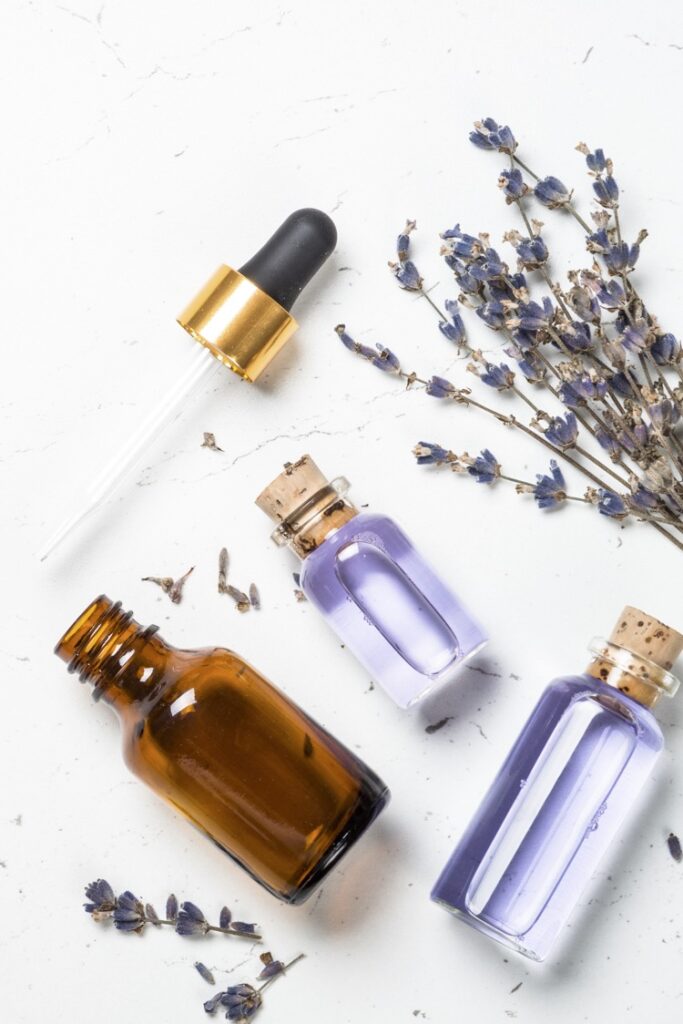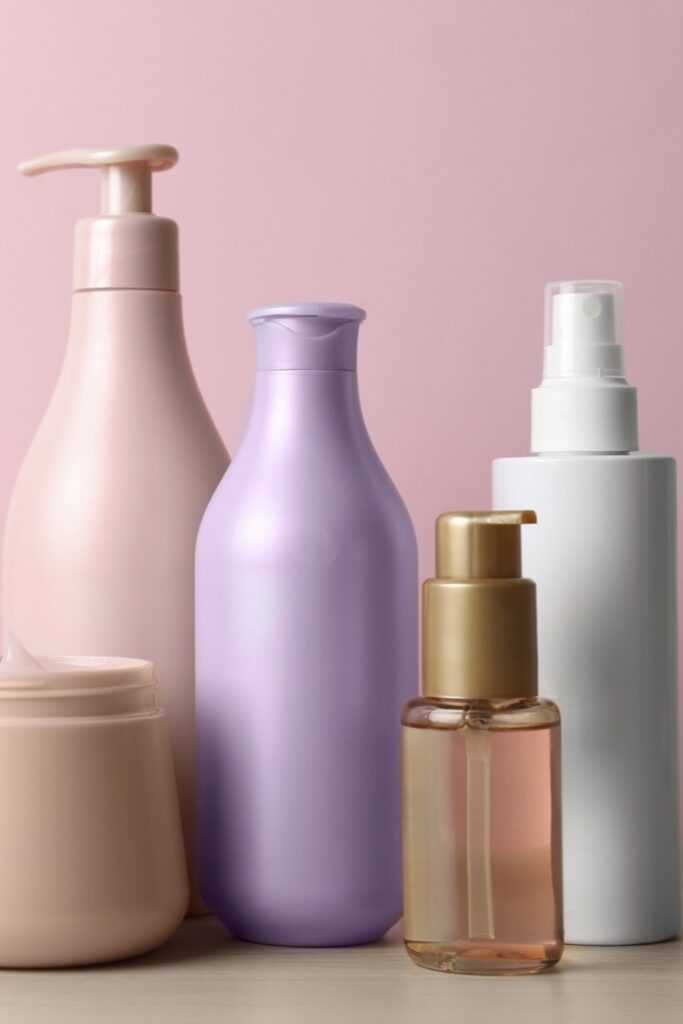Updated: April 2, 2021

I know we’ve probably heard over and over again that the possible risk of over-moisturizing natural hair is hygral fatigue.
The frustrating part is that you may also have heard that every problem with your natural hair is due to a lack of moisture. However, too much moisture comes with its own set of problems.
For example, if you’ve ever had hair that just can’t seem to stay attached to your hair, then this may be a possible reason why.
In this article, we’re going to be diving deep into what hygral fatigue is. We’ll be talking about the causes of hygral fatigue, how to tell that you have it, how to fix it, and how to prevent it on natural hair in the first place!
What is Hygral Fatigue
When you wet your hair, water enters the hair cuticle and causes the hair strand to swell. As a result of this repeated swelling and shrinking of the hair strand, the strand can become permanently damaged over time. This permanent damage is what we call hygral fatigue.
Causes of Hygral Fatigue on Natural Hair
1. Water getting into the hair cortex
Water causes hygral fatigue in hair when it is able to get so deep into the hair strand that it passes through the cuticle, and gets into the cortex.
2. Neglecting high porosity hair
Hygral fatigue is very common, but also easily prevented. And depending on one’s hair porosity, one can be more or less susceptible to it.
As you can imagine, the higher the hair porosity, the easier it is for water to enter the strand i.e. the higher the risk of hygral fatigue.
On the other hand, when we have low porosity hair, we run less of a risk of hygral fatigue.
However, if care is not taken, it is still very possible to experience it no matter your hair porosity.
Read More: The Complete Guide: High Porosity 4C Hair
3. Unsealed hair cuticles
It is important to use oils in natural hair after moisturizing to seal the moisture in (the LCO method).
However, depending on the environment and your hair porosity, sealing is also important to help seal excess moisture out.
Sealing your natural hair is a great way to keep it balanced.
4. Damaged natural hair
Unfortunately, natural hair damage is the gift that keeps on giving. When hair is damaged, it is more likely that the external cuticle layer of the hair is worn and torn.
As a result, the hair becomes more porous and more likely to experience hygral fatigue. Common sources of hair damage are:
- Relaxers or chemical treatments
- Handling your hair roughly
- Excessive use of heat
- Frequent use of hair dyes and bleach
- Exposure to chlorine from swimming pools
What are the Symptoms of Hygral Fatigue?
Here are a few relatively easy symptoms that show you are experiencing hygral fatigue in your natural hair.
- Your hair feels gummy when wet.
- Your hair may stretch and stretch when pulled without ever springing back into shape.
- Hair may be excessively limp.
- In severe cases, your hair comes out in clumps when you touch it or when you comb it (I’ve personally experienced this!)
- The hair strand feels rough when you do the slip and slide test because the cuticle is raised.
- Excessive tangling, frizziness, dullness, and breakage in combination with any of the symptoms of hygral fatigue above.
The easiest way to think of hygral fatigue is by using our favorite pasta analogy.
Think about your natural hair as spaghetti.
In its raw form, spaghetti is stiff and easy to break. If your hair was in this raw-spaghetti state — think of it as having protein overload.
However, if your spaghetti is over-cooked, it becomes mushy and difficult to pick up without smushing and breaking.
If your hair was in this over-cooked spaghetti state, it is over-moisturized or over-conditioned.
Think now about the fact that spaghetti becomes over-cooked because it is left in the hot water for too long.
The spaghetti loses its integrity the longer it is left in the water as a result of hygral fatigue.
How to Fix Hygral Fatigue on Natural Hair
The easiest way to fix symptoms of hygral fatigue is to do a medium to heavy protein treatment or strengthening treatments like henna or fenugreek.
Protein treatments work to strengthen the hair cuticle, and rebuild the protein bonds in the hair strands. This is important because these bonds become weak over time, and lead to hygral fatigue.
However, depending on the level of damage and exposure, hygral fatigue may be untreatable.
In such severe cases, you can manage the symptoms as much as possible and trim the damage off slowly.
How to Prevent Hygral Fatigue on Natural Hair
1. Do pre-poo treatments
When you do pre-poo treatments, you are treating your hair strands with a product before you wash them. This also forms an additional barrier of protection for your natural hair strand.
Basically, preventing too much water from entering the hair strand and over-swelling of the strand.
2. Use low pH products
Products that are alkaline (pH between 7 and 14) cause our hair cuticles to lift. Lifted cuticles increase the hair’s porosity and the chances that excess water will get into the hair strand.
However, products that are acidic (ph between 0 and 6.9) cause the opposite effect — it helps seal the hair cuticle. This reduces the likelihood that excess water will enter the strand.
3. Help your hair air dry
Always soak the excess water out of your natural hair strands with a microfibre towel or t-shirt right after wash day.
This ensures that your hair doesn’t deal with the weight of all that water slowly evaporating from your strand.
4. Keep balance in mind
One great way to prevent hygral fatigue is to always keep moisture-protein balance, pH balance, and other forms of balance in mind.
You need to maintain balance throughout your natural hair routine, as well as on wash day itself.
If you do a lot of moisturizing treatments, follow up with a strengthening treatment.
Too much moisture or water, as we’ve described causes the hair to swell. We want to avoid overdoing this.
5. Use coconut oil
Coconut oil is one oil that has been scientifically proven to prevent damage caused by hygral fatigue because of how well it penetrates the hair strand.
By getting into the strand like this, it prevents excess water from getting in and limits swelling of the strand.
6. Use a swim cap if you swim often
You can prevent hygral fatigue by creating a barrier between your natural hair and the water that would cause it to swell.
This is the same idea some of our elders had when they coated our hair with vaseline or shea butter before we went to the beach!
For more information on hygral fatigue, check out this video from Kimberly Cherrel.
featured image: source


